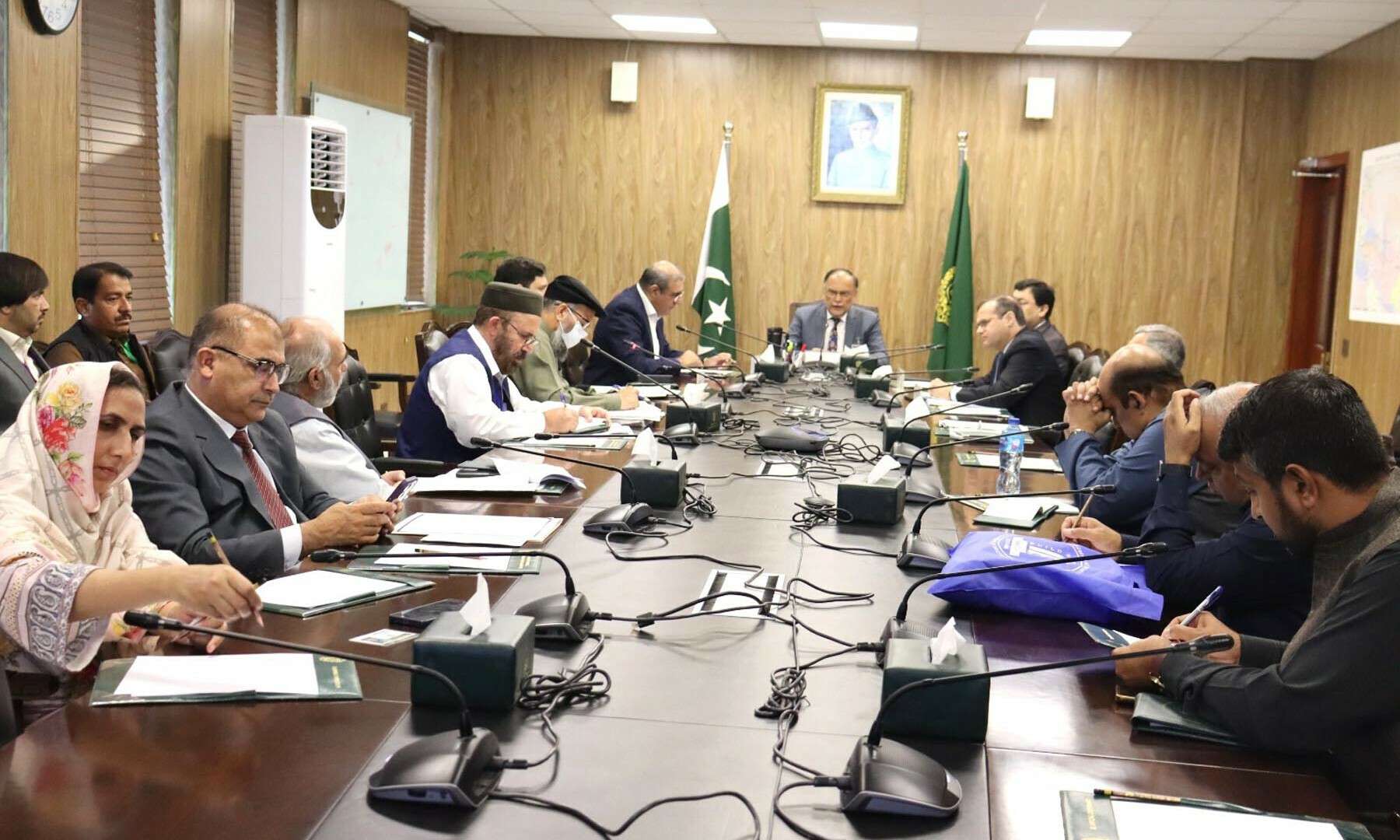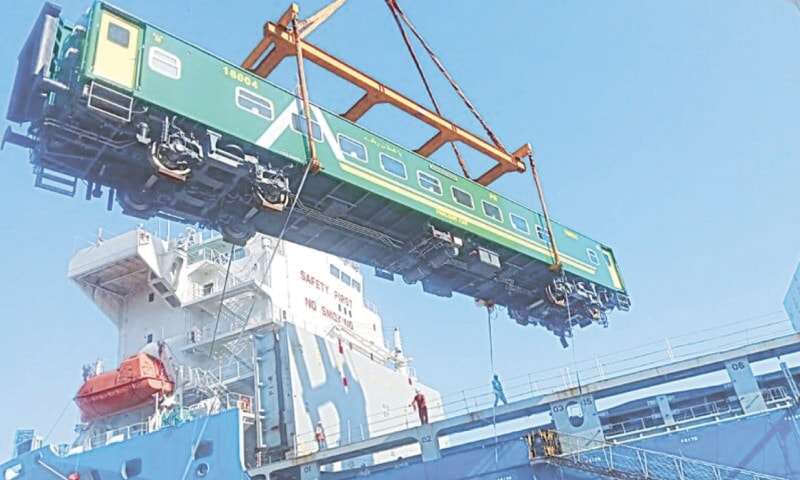Public Companies in Pakistan Incur Rs6 Trillion in Losses Over 10 Years: Finance Minister
Introduction: A Growing Burden on Pakistan’s Economy
In a recent statement at the Overseas Investors Chambers of Commerce and Industry (OICCI), Pakistan’s Finance Minister Muhammad Aurangzeb shed light on the rising burden of state-owned entities (SOEs) on the national economy. Over the past decade, these entities have collectively incurred losses amounting to a staggering Rs6 trillion. The finance minister highlighted how this prolonged inefficiency has severely impacted the country’s fiscal health, making it difficult to manage.
Despite these substantial losses, the government has faced significant challenges in privatizing these SOEs, with notable failures in the privatization attempts of major organizations like Pakistan International Airlines (PIA) and Pakistan Steel Mills (PSM). In this article, we’ll explore the details of this issue, its implications, and potential solutions suggested by the minister.
Rs6 Trillion Losses: A Strain on the National Economy
The Financial Impact of State-Owned Entities
According to the finance minister, the cumulative losses of public companies in Pakistan have reached Rs6 trillion over the last 10 years. This figure represents a massive drain on the country’s resources, equivalent to approximately half of the government’s revenue collection target of Rs12.9 trillion for FY25. This makes the loss even more significant when compared to Pakistan’s total revenue target for the year.
In his speech, Aurangzeb explained that these public companies, which include PIA, Pakistan Railways, and PSM, continue to operate at a loss. The daily financial drain caused by these SOEs is estimated at Rs2.2 billion, further exacerbating Pakistan’s fiscal deficit. Despite this severe economic burden, the government has yet to find a solution that effectively addresses the situation.
Privatization: A Viable Solution?
One of the key solutions proposed by the finance minister to curb these losses is the privatization of state-owned entities. Aurangzeb emphasized that privatization, liberalization, and deregulation are the key components for addressing the inefficiencies of these SOEs. However, despite acknowledging the importance of these measures, he refrained from providing a clear roadmap for the privatization process.
The failure of past privatization attempts, such as those involving PIA and PSM, underscores the difficulties the government faces in executing such reforms. In the case of PIA, the government was unable to attract a viable buyer despite efforts to promote the airline as a valuable asset. Similarly, the plan to privatize Pakistan Steel Mills was put on hold due to financial and operational challenges.
Pakistan’s Economic Recovery: Focus on Remittances and Investment
Growing Remittances: A Silver Lining for the Economy
Despite the challenges posed by SOEs, the finance minister expressed optimism about the country’s financial outlook, particularly regarding remittances. Pakistan is expected to receive over $35 billion in remittances during FY25, a significant increase from previous years. This surge in remittances can be attributed to a combination of factors, including exchange rate stability and a crackdown on illegal currency trading.
In the first four months of FY25, Pakistan received $11.85 billion in remittances, averaging around $2.96 billion per month. This increase in inflows, especially in comparison to the previous fiscal year, offers a hopeful outlook for the economy. According to experts, this uptick in remittances signals a return of confidence among Pakistan’s expatriate community, as they feel more secure about transferring funds back home.
Exchange Rate Stability: Key to Investor Confidence
One of the significant drivers behind this increase in remittances is the stability of Pakistan’s exchange rate. The finance minister stated that the exchange rate had remained relatively stable throughout the current fiscal year, with only slight fluctuations. This stability has boosted the confidence of both the trade and industrial sectors, which has, in turn, encouraged greater remittance inflows.
Aurangzeb further clarified that there is no direct government influence on the exchange rate, which is determined by market forces of supply and demand. This transparency has played a vital role in ensuring that exporters and investors feel confident in their financial transactions.
Improving Foreign Investment and Addressing Profit Repatriation Concerns
Encouraging Foreign Investment in Export-Led Sectors
The finance minister also spoke about the government’s efforts to attract foreign investment, particularly in the export-led sectors. Pakistan’s current account deficit has been a concern for years, but the government believes that encouraging investments in key sectors like manufacturing and exports could help bridge this gap.
He also emphasized that foreign companies operating in Pakistan now have the freedom to repatriate profits and dividends without restrictions, a significant development after the clearance of the previous backlog. This move is expected to improve Pakistan’s attractiveness to foreign investors, particularly in the wake of the economic reforms the government has been implementing.
Addressing Tax Refunds and Reclassification Concerns
One of the concerns raised by OICCI members during the meeting was the delay in the release of tax refunds, which is hampering operations for many foreign companies. The outstanding tax refunds for OICCI members exceed Rs100 billion, further compounding the challenges faced by foreign investors in Pakistan.
Another issue that surfaced during the discussions was the reclassification of petroleum products as tax-exempt. This change poses a significant risk to the Brownfield Refining Policy and could potentially jeopardize up to $6 billion in investments in Pakistan’s refining sector.
The Way Forward: Reforms and Investment in Pakistan’s Economy
Despite the challenges, both the government and the private sector remain committed to improving Pakistan’s economic situation. Finance Minister Aurangzeb’s call for privatization of SOEs, along with his emphasis on stabilizing the exchange rate, encouraging remittances, and attracting foreign investment, provides a roadmap for addressing Pakistan’s economic difficulties. However, the actual implementation of these reforms will be crucial to the country’s future growth and development.
FAQs:
1. Why have state-owned entities in Pakistan incurred Rs6 trillion in losses?
State-owned entities in Pakistan have incurred massive losses due to inefficiencies, corruption, mismanagement, and political interference. Despite government attempts to privatize these entities, most have remained unprofitable.
2. What steps are being taken to privatize Pakistan’s loss-making public companies?
The government has expressed its intent to privatize loss-making entities like PIA and Pakistan Steel Mills, but previous privatization efforts have failed to attract viable buyers. The finance minister advocates for privatization as the way forward, but no clear roadmap has been provided.
3. How are remittances impacting Pakistan’s economy?
Remittances have been a significant source of foreign exchange for Pakistan, contributing to financial stability. With an expected $35 billion inflow in FY25, remittances play a crucial role in supporting the country’s economic recovery.
4. What measures are being taken to attract foreign investment in Pakistan?
The government is focusing on attracting foreign investment, particularly in export-led sectors, and ensuring the repatriation of profits for foreign companies. Additionally, the exchange rate stability has played a key role in boosting investor confidence.
5. What are the challenges foreign companies face in Pakistan?
Foreign companies face challenges like delayed tax refunds and concerns over changes in policies, such as the reclassification of petroleum products. These issues have raised concerns about the ease of doing business in Pakistan.
MUST READ:
https://flarenews.pk/2024/12/08/pakistan-sends-relief-aid-to-flood-hit-malaysia/



